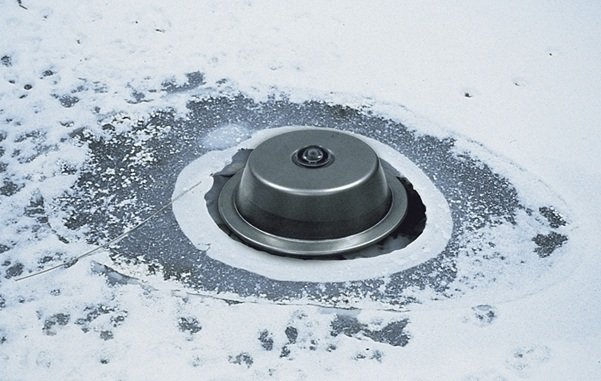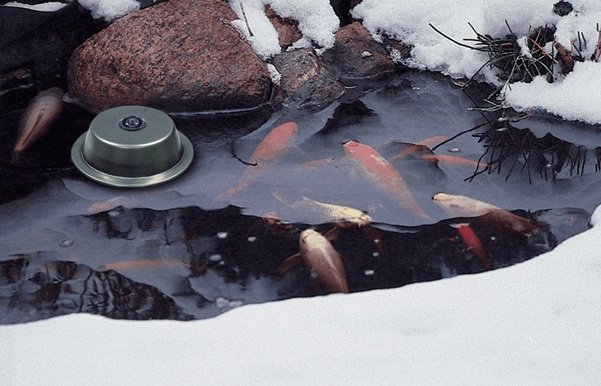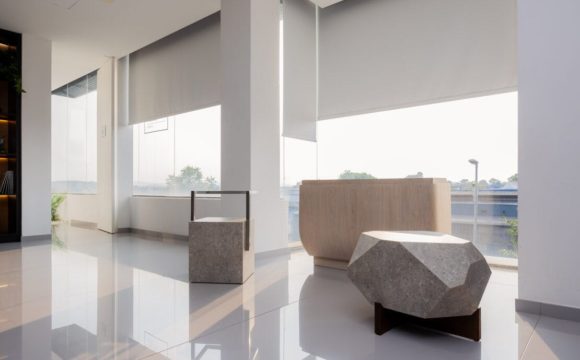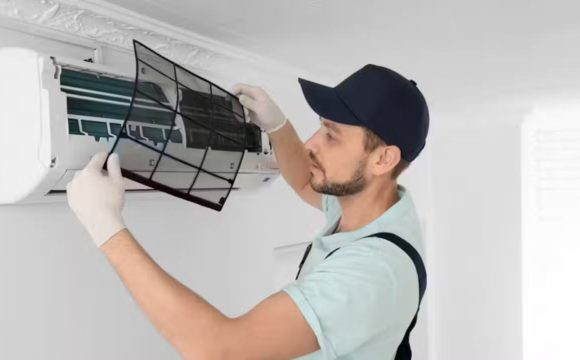Koi are not true cold-water fish and struggle in near-freezing conditions. Though bred from Carp and able to adapt to various temperatures, they thrive in warmer waters. When the summer months arrive, the eating pattern of koi fish changes drastically, and as a result, they become more and more active. As soon as the environment temperature reaches 10°C, they will completely stop eating anything.
After the environment temperature gets colder and reaches 4°C or below, all the fish will form a cluster and settle down in the bottom of the pond. As a result, they will become less active and not waste their energy at all.
Koi generates heat through shivering motions that stem from quick muscle contractions despite their inability to create internal body heat.
Winter brings a heated debate among koi keepers: to heat or not to heat? While your local pond company may recommend heaters, the answer is not one-size-fits-all. That Pond Guy, a respected koi specialist, puts it simply: “Heating is about balancing fish health with practical costs – not just surviving winter, but thriving through it.”
Do Koi Actually Need Heaters?
Koi can survive freezing temperatures by entering torpor (a hibernation-like state), but survival does not equal thriving.
Key considerations:
- Below 10°C: Immune systems weaken dramatically
- 4-15°C “Danger Zone”: Bacteria thrive while koi defences falter
- Above 15°C: Optimal immune function and digestion.
Fact: While wild carp survive winters, domestic koi face greater risks in man-made ponds that lack natural thermal layers.
3 Heating Options Compared
1. Gas Boiler Systems (Most Powerful)
- Best for: Large ponds (5,000+ gallons)
- Pros: Maintains stable temps in extreme cold
- Cons: £2,000+ installation, complex plumbing.
2. Electric Inline Heaters (Most Common)
- Best for: Medium ponds (1,000-5,000 gallons)
- Pros: Affordable (£200-£500), easy to install
- Cons: Can spike energy bills; require flow monitoring.
3. Aquarium-Style Heaters (Most Limited)
- Best for: Small ponds/hospital tanks (<500 gallons)
- Pros: Cheap (£50-£150), plug-and-play
- Cons: Uneven heating; burn risk to fish.

When Heating Makes Sense
Consider heaters if:
- You own valuable show-quality koi
- Your pond is shallow (<3ft deep)
- Winters dip below -5°C regularly
- You have had winter fish losses before.
Pro Tip: Insulate pond walls first – this can reduce heating costs by 40%.
The Cost Factor
- Small ponds: £1-£3/day to maintain 10°C
- Large ponds: £5-£10/day (or £1,000+/season)
- Savings Trick: Use a pond cover – cuts heat loss by 70%.
That Pond Guy’s Rule: “If your koi cost more than your heater, it is probably worth it.”
Alternatives to Full Heating
For budget-conscious keepers:
- De-icers: Keep just a small area ice-free (£50-£150)
- Air Stones: Improve oxygen during critical periods
- Deep Zones: Ensure at least 4ft depth for thermal refuge.
Final Verdict
While koi can survive winter without a heater, thriving often requires more than endurance. Heating improves immunity, reduces disease risk, and ensures better long-term health—especially for valuable or vulnerable fish.
However, the decision depends on pond size, local climate, and budget. For those avoiding full heating, combining insulation, de-icers, and deep zones offers affordable protection. As That Pond Guy says, “If your koi are worth it, so is keeping them comfortable.”







